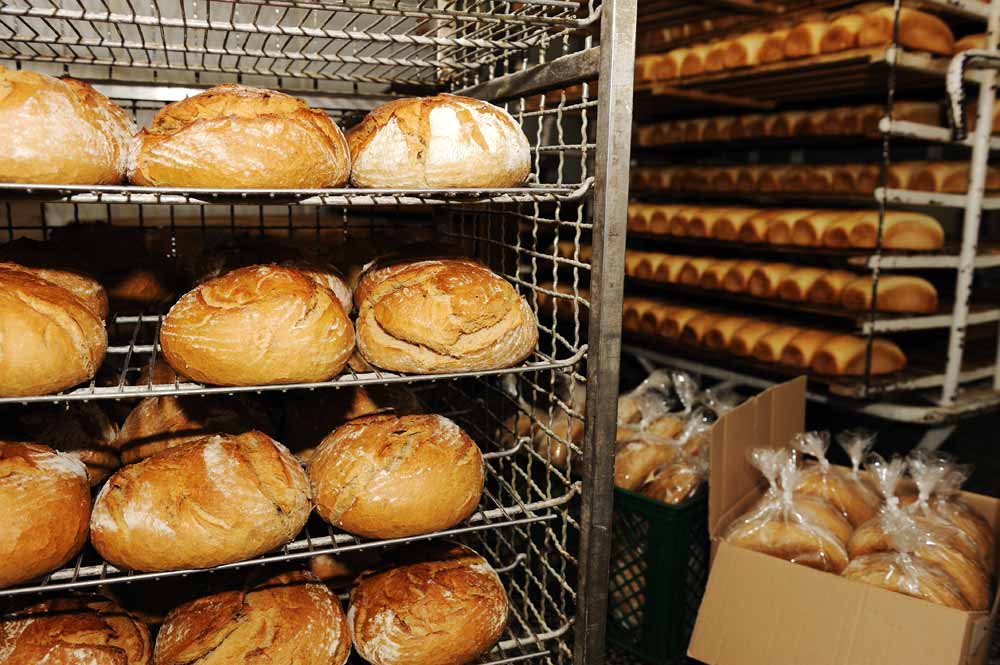
Food grade lubricants are essential for food safety. Unlike other lubricants, food grade lubricants cannot contaminate food during processing.
To be used in the food processing industry, lubricants must meet certain protocols and requirements. In this guide, we’ll ask which lubricants are food grade, and how to check that lubricants are safe for use in food processing. We’ll also cover other common queries on food grade lubricants, such as whether these lubricants are edible and the precautions that should be taken regarding lubricants at food processing facilities.
What lubricant is food grade?
Food lubricants encompass the type of lubricants that have been formulated to be safe for food contact.
Within this category of lubricants are:
- Synthetic lubricants, such as polyalphaolefins
- White mineral oils
- Vegetable-based oils
- Silicone-based lubricants
There are many types of machinery and equipment that could potentially come into contact with food products during processing. These include tools and components such as mixers, conveyors, slicers and bottling lines.
In order to be used safely in food production environments, food grade lubricants must typically be able to withstand conditions such as high temperatures and pressure washdowns, while being compatible with cleaning chemicals. Food grade lubricants are usually non-toxic, tasteless, and odourless.
The characteristics of food grade lubricants and their performance are carefully designed, with specific levels of lubricity and viscosity being set.
What can I use as a food grade lubricant?
When considering procurement of lubricant for food processing, always look for products that meet relevant regulatory standards. Popular options in our food lubricant range at Oil Store, and on the wider market, include:
- NSF H1-registered lubricants – cleared as safe for incidental food contact
- NSF 3H release agents – cleared as safe for direct food contact
Produced in compliance with FLT Quality Standards
As a general rule, industrial or automotive lubricants should never be used for equipment involved in food processing. This is because contaminants and additives in these products are unsafe to come into contact with food, or be used in processes that may lead to incidental food contact.
During the buying process, it’s also important to bear in mind that being an accredited food lubricant in itself is not sufficient to ensure appropriate use. Some food grade lubricants have approval for certain types of equipment. You should select a lubricant that has been approved for each specific application.
How do I know if my lubricant is food grade?
Here are a few things to check for when verifying that a lubricant is food grade and safe for food processing:
Certifications
Food grade lubricants are commonly NSF H1 or NSF 3H-registered. Products from the UK would typically meet with FLT Quality Standards and in the US with Title 21 Code of Federal Regulations (21CFR) 178.3570.
Labels
Food grade lubricants will always state that they are intended for incidental food contact and comply with relevant regulations. This information will typically be found on the product label, as well as specification or technical data sheet.
Documentation
On request, a manufacturer of food grade lubricants can also provide further documentation, including NSF registration letters, ingredient disclosures, test results and compliance statements. These documents can act as further proof of food grade status.
Ingredients
The ingredient list itself, which can be found on the product label, will also give an indication of whether the product is a food grade lubricant. Look out for ingredients such as synthetic oils, mineral oils, edible plant-based oils, contaminants and harmful additives.
Are all food grade lubricants edible?
While they are designed to be safe for incidental food contact, food grade lubricants are not designed to be consumed. You shouldn’t add food grade lubricants to food. Certain edible vegetable oils may be used as a base oil in some food grade lubricants, but this doesn’t mean that they should be treated as edible.
What precautions should be taken with food grade lubricants?
Proper use of food grade lubricants relies on implementing robust procedures encompassing comprehensive staff training, controlled use of food grade lubricants, good on-site sanitation, and strict adherence to good manufacturing practices (GMPs) and food safety regulations.
A manufacturer’s procedures relating to the use of food grade lubricants will include risk assessments of equipment used for production. This can help to identify and address areas where there is potential for lubricant contamination and put in place steps to avoid cross-contamination.
Staff should be trained on both GMPs and food safety requirements, and become familiar with lubrication procedures, following them precisely according to instructions. Procedures should be reinforced through regular inspections and audits.
If manufacturers are in doubt about any aspect of procedures relating to food grade lubricants, they should refer to regulatory documentation, or consult with a food safety expert.
You can find more information on food grade lubricants here: https://www.oil-store.co.uk/industrial-lubricants/foodsafe/








































